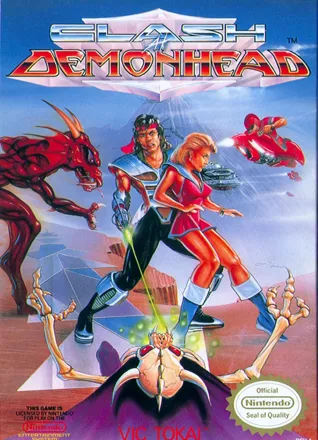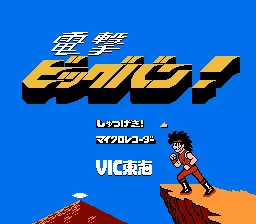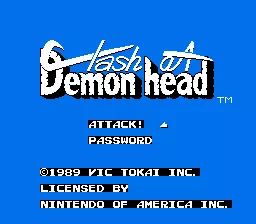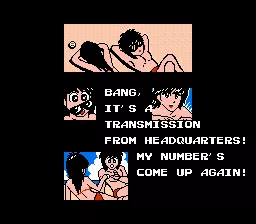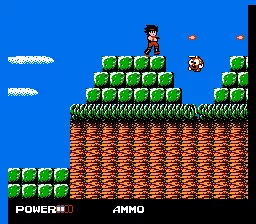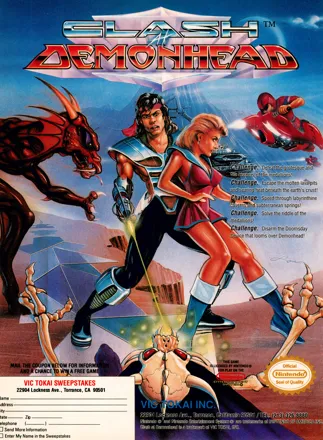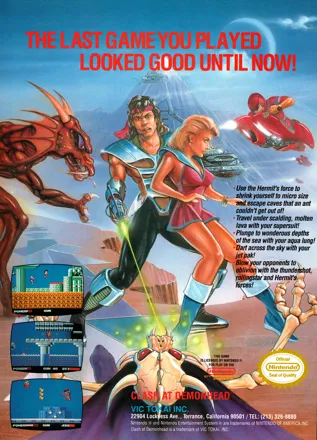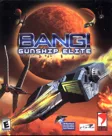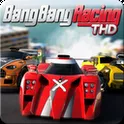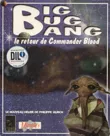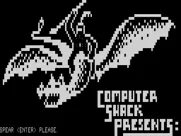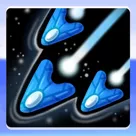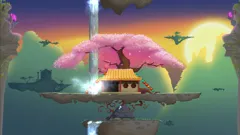Clash at Demonhead
Description official description
Professor Plum and his designs for the "doomsday device", DEAD END have been taken by the diabolical LAWBREAKERS - a sinister group dedicated to the destruction of mankind. It's only a matter of time before the device is assembled and the final countdown begins. As Sergeant Billy "Big Bang" Blitz of the special Assault Brigade for Real Emergencies(S.A.B.R.E) your mission is to foil the LAWBREAKERS plan. To do this, you must find the shortest route to the summit of Demonhead mountain, where the professor is being held. Rescue the professor and save the world from total destruction. This is a "typical" sidescroller with Role playing elements. the various enemies you meet with leave behind cash which can then be used to buy equipment. You'll need a diving suit to swim underwater, a jetpack to get to those hard to reach areas and don't forget the shop card that can be used to call the shop no matter where you are.
Groups +
Screenshots
Promos
Credits (NES version)
10 People
| Game Design (ゲームデザイン) |
|
| Graphic (グラフィック) |
|
| Programming (プログラミング) |
|
| Sound (サウンド) |
|
| 1989 |
|
| Illustration by |
Reviews
Critics
Average score: 80% (based on 7 ratings)
Players
Average score: 3.2 out of 5 (based on 9 ratings with 1 reviews)
The Good
Clash at Demonhead – what a great title? It sounds like a heavy metal song. In truth, there isn’t a lot that’s metal about the game, excluding, perhaps, the cover-art. Instead, the game is a rather light-hearted affair that fits right in with a lot of other late-80’s action-sidescrollers. It’s not one that I heard much about prior to actually buying it. In fact, I might have overlooked it entirely if it wasn’t for that great title.
I had a great deal of difficulty following the game’s premise, but it seems to follow the exploits of some sort of soldier or special agent named Bang. Famed inventor of doomsday devices, Professor Plum (not related to the famed murder suspect from the board game, Clue, I’d imagine), has been kidnapped, and it’s up to Bang to go save him. As simple as the story may sound, I found it confusing at first. What confused me was the fact that many characters and events are dropped in as though they’ve already been introduced previously, and we’re supposed to know who the heck they are. Likewise, history between all the characters and the world they inhabit is implied, but never established, which kind of leaves the feeling that we’ve begun watching a serialized television series in the middle of a season.
The story does have its stronger points, but that’s largely due to the game’s open-ended structure. While gameplay takes the form of a pretty standard action-sidescroller, it’s framed using a big map consisting of a series of routes. Your task is to gather seven medallions from bosses who are scattered throughout the map, but their locations aren’t given. It’s left up to you to figure out how to progress, and it’s surprising how well the game handles it. Major areas are placed in obvious spots and provide a clear idea of places to check out. If there’s an area that’s important, chances are one of the game’s characters will point it out to you. It’s an incredibly organic way to drive the narrative; dumping cutscene choke points and letting things play out as you explore. It’s a level of open-endedness that I feel surpasses the item-based exploration of games like Metroid or Castlevania 2.
That’s not to say that Clash at Demonhead is completely freeform and structureless; there are a few key things you need before you can get far. The shop where you buy your gear must be located first so you can buy an item to call it at any time, and a special set of skills can be unlocked if you take the time to find the hermit hiding somewhere in the world. So while the game does have ways of inhibiting your progress, it never really forces you in that direction, instead leaving it up to you to find it for yourself. For example, you will eventually need the magic powers the hermit gives you, but it can wait until after you defeat all the governors, or find the jewel, or rescue your girlfriend. It’s pretty easy-going.
This laid-back attitude is also conveyed by a rather lively art-style and sense of humour. While the title, Clash at Demonhead, makes it sound like something rooted in dark fantasy, it’s actually pretty hard to place Demonhead’s universe. On the one hand, you’re some sort of soldier who has to prevent a science-wrought doomsday, yet you spend most of the time scaling mountains and traversing empty wilderness. The enemies are an equally strange bunch, featuring everything from stone throwing ogres to weird spring-like robots. There’s a tonne of diversity in Demonhead’s aesthetics, from the frequently changing environments, to the outlandish character portraits. While the visuals are sometimes rough around the edges, you can tell that someone had a lot of fun designing everything.
The Bad
Of course, there’s a downside to all this. Like many of its contemporaries in the sub-genre, Clash at Demonhead makes numerous trade-offs to accommodate its ambitious scope, and these concessions are seen in almost every facet of the game. The music doesn’t have a great deal of diversity to it, and for a game of Demonhead’s size, it can be pretty annoying to hear the same tracks repeated incessantly, especially considering the soundtrack is pretty weak to begin with. Likewise, the environments are pretty ugly, frequently displaying poor use of the game’s tilesets. The backgrounds and terrain are incredibly blocky and often depict strange seams in the landscape. There is a decent amount of diversity in the backdrops, as well as some nice small touches in a few places, but none of the locations have the same appeal as some of the more focused sidescrollers of the era.
Beyond aesthetics, the gameplay also tends to be pretty loose, especially where controls are concerned. Bang is pretty slow to stop, always taking a few more steps forward after you release the direction, and this leads to the controls feeling a touch unresponsive. The game also only allows you to have two projectiles on screen at one time, and if you’re far from your target, this can make combat feel pretty clunky. There’s an unpolished feel to the game’s progression as well. Some of the earliest bosses that you’re likely to discover are ridiculously hard, especially if you don’t immediately realize that most of them have a specific trick to defeating them easily. And while these tricks are a nice departure from the typical pattern-based bosses of the era, later bosses are much more predictable, and tend to be much easier to topple.
These are all pretty minor gripes, but the general unpolished feeling pervades throughout the entire game. If you were to slice out the game’s remarkable structure and focus on just the individual levels, then you’d be left with a decidedly sub-par experience. It’s not offensive or anything, it’s just weaker than the console’s best efforts.
The Bottom Line
While the late 80’s saw numerous open-ended sidescrollers arriving on the NES’s library, Clash at Demonhead may be the most intriguing use of the formula. Rather than restricting progress based on what items you have in your pocket, you’re given complete freedom to explore the world in any way you choose to. It’s a game free of a lot of the cryptic nature the sub-genre is known for, focusing entirely on discovery. Best yet, its inventive structure allows for progress to be made at your own pace, rather than forcing you through its hoops in a predefined order. The gameplay itself seems to suffer for this, featuring clumsy controls, ugly environments, and mediocre music, but none of it is so bad to truly torpedo how GOOD this game really is.
NES · by Adzuken (836) · 2015
Trivia
Awards
- IGN
- 2007 - #8 on the "Top 25 Most Awesome Covers" list (sarcastically titled)
Analytics
Upgrade to MobyPro to view research rankings!
Identifiers +
Contribute
Are you familiar with this game? Help document and preserve this entry in video game history! If your contribution is approved, you will earn points and be credited as a contributor.
Contributors to this Entry
Game added by animentai.
Additional contributors: Oyn, Matt Neuteboom, Patrick Bregger.
Game added October 28, 2003. Last modified April 24, 2024.
